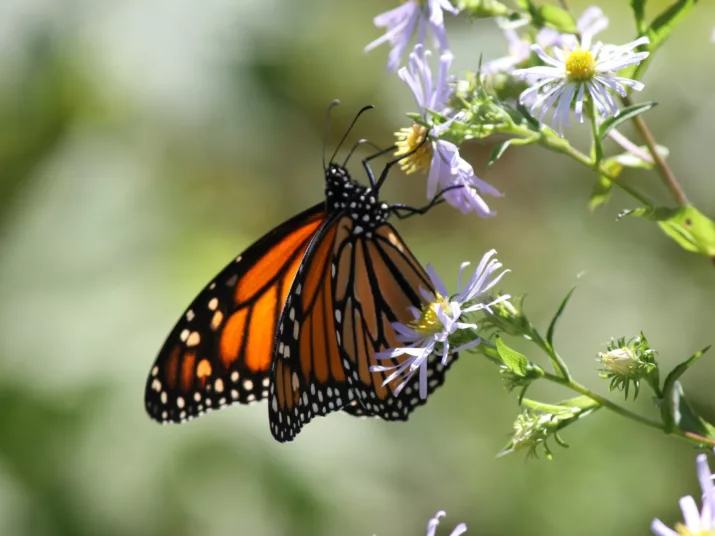
Protecting nature
Safe havens
Around half of Germany consists of agricultural land - i.e. fields, meadows and pastures. They not only provide food, but are also a habitat for many animals and plants. However, biodiversity there has been declining sharply for decades.
Photo: Matthew Bargh auf Unsplash
More than half of the 600 or so wild bee species are threatened, and many bird species such as skylarks, starlings and lapwings have also declined sharply. The main reasons for this are the use of fertilizers and pesticides as well as the loss of habitats such as hedges, flower strips and ponds. To counteract this, the EU wants to restore ten percent of agricultural land with such structural elements by 2030. These not only promote biodiversity, but also benefit agriculture - for example through pollinators and natural pest control.
Designing close to nature - promoting diversity
Whether garden, balcony or windowsill - there are opportunities to create habitats for insects and small animals everywhere. The decisive factor is that the design should be adapted to the needs of our native species. Food and shelter throughout the year are essential.
Native plants play a key role here, as many wild bees, caterpillars and other insects specialize in certain plant species. You should also look out for open flowers - although double cultivated forms look beautiful, they do not offer any nectar or pollen. A diverse range of flowers throughout the year is created by combining early-flowering and late-flowering plants. Also leave wild herbs - many of them are real superfood for insects.
In addition, water points, nesting aids, deadwood piles and bumblebee castles help to create additional habitats and nesting sites. In this way, we support the pollinators in our ecosystems - and secure our own harvest at the same time. Because without pollinators, there is no harvest.